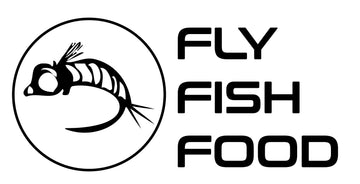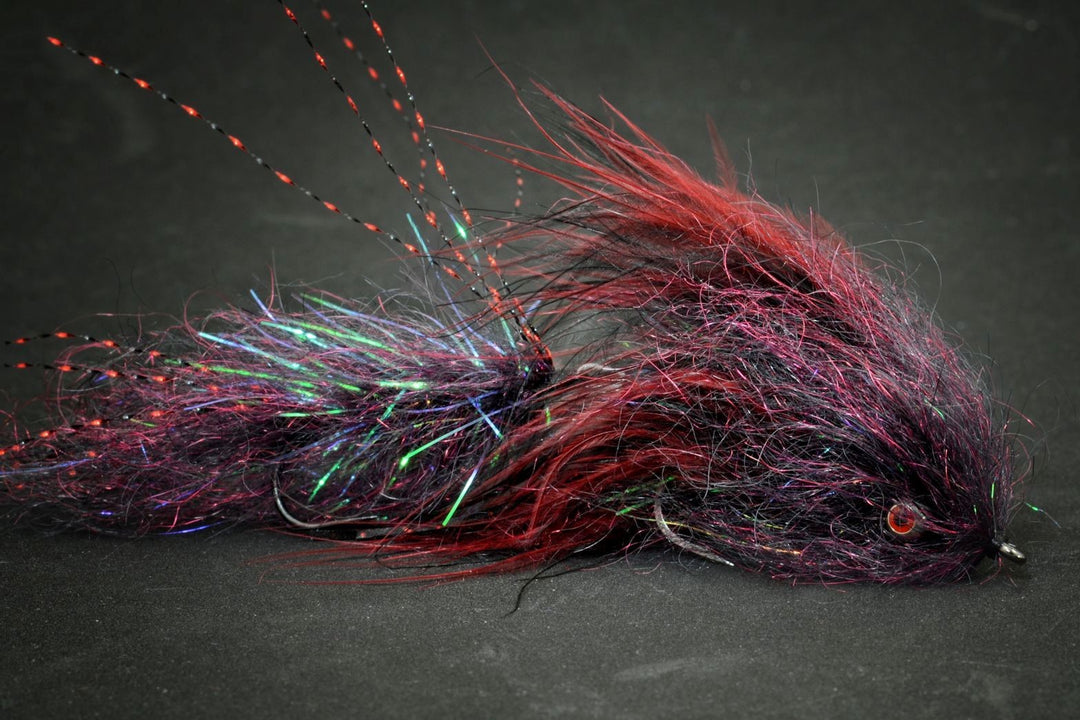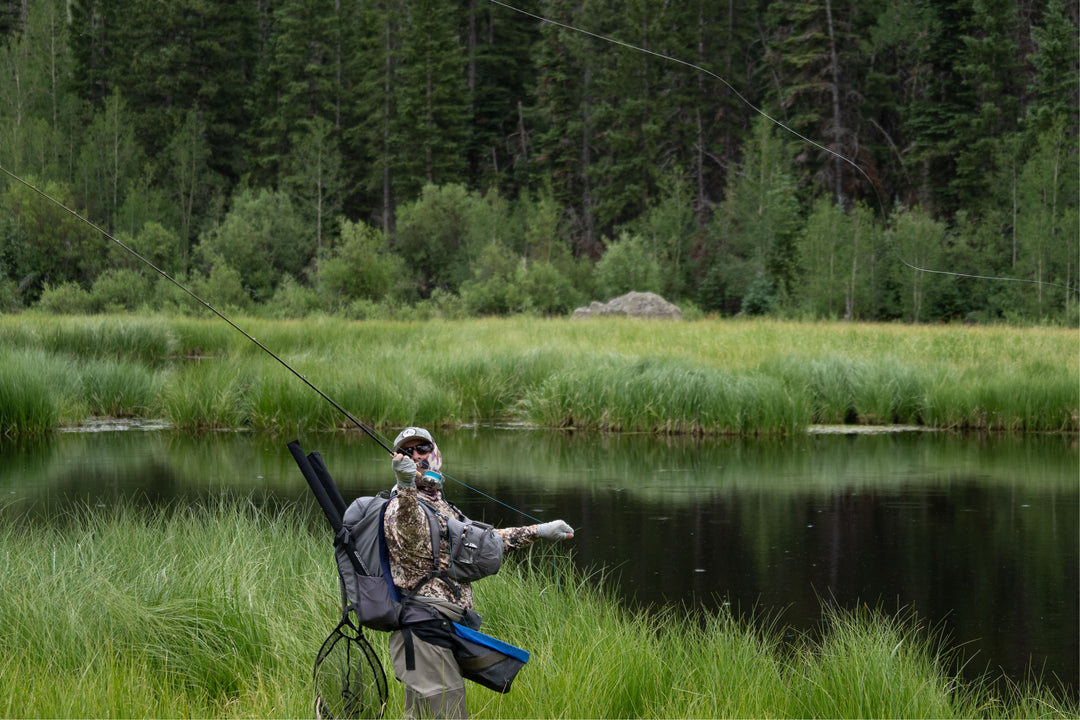Blackfoot River Fly Fishing Report - August 8/23/2025
BLACKFOOT RIVER FLY FISHING REPORT
Western Montana's Classic Trout River
Current River Conditions
Flow: Low-to-moderate for late summer; clearer after recent showers
Clarity: Good in most reaches — expect clearer water after morning runoff settles
Note: Some stretches hold silt after heavy rain; pick pockets and riffles with clean seams.
Typical late-August range: mid-50s °F to low-60s °F
Trend: Cooling overnight; keep an eye on midday temps that can stress trout.
Forecast: Warm mornings, hot afternoons inland, afternoon breezes common
Fish early for cooler water and calmer conditions; expect occasional gusts near canyon walls.
Public access points and ramps open; popular put-ins around Ovando, Potomac and near Missoula
Shuttle services available; parking at small pullouts can fill early on peak days.
Hatch Chart & Insect Activity (Late August)
| Insect | Size | Activity Level | Prime Time |
|---|---|---|---|
| Hoppers / Terrestrials | #6–10 (bulk/hopper patterns) | Heavy ⭐⭐⭐⭐ | Late morning–afternoon (shorelines, eddies) |
| Golden stone / Small stoneflies | #6–12 | Moderate ⭐⭐⭐ | Afternoon, along faster water and tailouts |
| Pale Morning Duns (PMDs) & Blue-winged Olives | #12–18 | Light–moderate ⭐⭐⭐ | Morning to mid-day |
| Yellow Sallies / Small stoneflies | #14–16 | Light ⭐⭐ | Afternoon near riffles |
| Caddis | #14–18 | Light ⭐⭐ | Evening pockets and slow seams |
Recommended Flies (matched to available patterns)
A short kit that covers the Blackfoot in late August: large terrestrials for afternoons, robust stonefly/salmonfly patterns, a handful of reliable nymphs (including Perdigons and rubber-legged stonefly nymphs), and stout streamers for aggressive fish near structure.
-
Large Dries / Terrestrials
- Fancy Pants Hopper - Tan — great along banks and foam lines (sizes 6–10).
- Bionic Hopper - Tan — buoyant, visible popper-style hopper for late morning to afternoon strikes.
-
Salmonfly / Stonefly Dries & Nymphs
- Libby's Salmonfly — classic salmonfly dry imitation for big surface eats (sizes 4–8).
- Keslar's Rubberleg Hare's Ear (rubber-leg stonefly) — fish as a heavy nymph in seams and pocket water.
- Tungsten Pat's Rubber Legs — tungsten bead for fast drift, excellent under an indicator or as a dropper.
-
Mayfly / PMD Patterns
- Split Case - PMD — emerger/flat profile for picky rises in the morning and midday.
- Parachute Adams — universal mayfly dry for when exact match isn't necessary.
-
Caddis
- Corn-fed Caddis (CDC) - Tan — skittering caddis for evening surface activity.
-
Nymphs & Perdigons
- Pheasant Tail Tungsten — go-to mayfly nymph when visibility is good.
- Egan's Warrior Perdigon - Rainbow — tight, fast sinker for cleaner, deeper runs and picky trout.
- Tungsten Split Case Nymph - PMD — heavy, compact nymph for indicator or Euro-style tactics.
-
Streamers & Baitfish Imitations
- Coffey's Articulated Sparkle Minnow - Sculpin #4 — sculpin patterns are deadly along undercut banks and deep runs.
- Cheech Leech - Black — leech profile for slow, deep seam work and early mornings.
- Sculpzilla - Olive — big-profile streamer to trigger reaction strikes in low-light or stained water.
Tactics & Strategy
Late morning to early afternoon: Terrestrials/hopper-fly fishing along banks and over foam—match size and silhouette; switch to larger stonefly dries when fish key on them.
Afternoon (watch hoot owl rules): If permitted, focus on pocket water and riffles for stonefly activity; otherwise pack up when restrictions begin.
Evening: Skittering caddis and PMD patterns get attention around bars and slow seams; be light and stealthy with presentation.
Streamer work: Use articulated sculpin and leech patterns on a short, heavy leader; slow strips in deep water and abrupt, aggressive strips in shallow runs.
Gear & Tactics Notes
4–6 wt for dries/nymphs; 6–8 wt for streamers and windy days.
Floating line for dries; intermediate or fast-sink for streamer setups.
9–12 ft tapered leader with 3X–5X tippet for dries; drop to 4X–6X for bigger terrestrials and streamers.
Use stout 10–12 lb fluorocarbon bite leader for large streamers.
Riffles & runs: 1–4 ft — fish nymphs shallow and medium sinkers.
Deep seams & tailouts: 4–8+ ft — use tungsten nymphs or streamers.
Observe hoot owl hours where posted.
Bull trout are protected — immediate release required.
Check local regulations and posted closures before fishing.
Quick Hit Plan (Half-day)
| Time | Focus | Setup |
|---|---|---|
| First light – 9:30 AM | Indicator nymphing on runs and tails | Tungsten PT or Perdigon on point; 2 droppers (soft hackle/pea-size nymphs) |
| 9:30 AM – 12:30 PM | Switch to dries as risers appear | Parachute/PMD or Salmonfly dries; 3X–5X tippet |
| 12:30 PM – End (watch hoot owl) | Terrestrials along banks; streamer work in deep holes | Hoppers or Sculpin streamer; heavier leader for streamers |
Before you head out, check in with local shops and guides for the latest, pocket-specific intel — they often have the freshest information on where water clarity and insect activity are best this morning. If you need a shuttle or guide, book early for weekend dates.




